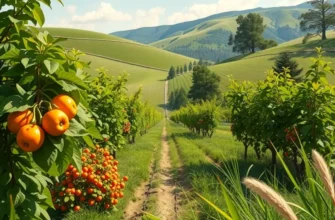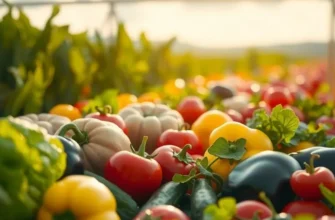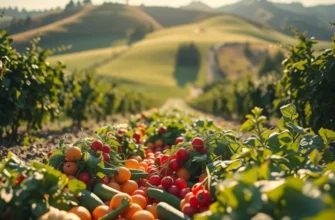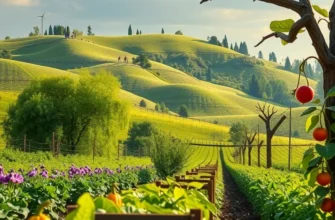Cooking beans can be both a culinary delight and a nutritious staple in any kitchen. Known for their versatility and health benefits, beans can be the star of any dish or a supportive sidekick. Whether you’re new to cooking or looking to refine your techniques, these quick, practical tips will help you master the art of cooking beans efficiently. Explore various types, preparation methods, and flavoring options to bring the best out of this humble ingredient.
Choosing the Right Beans
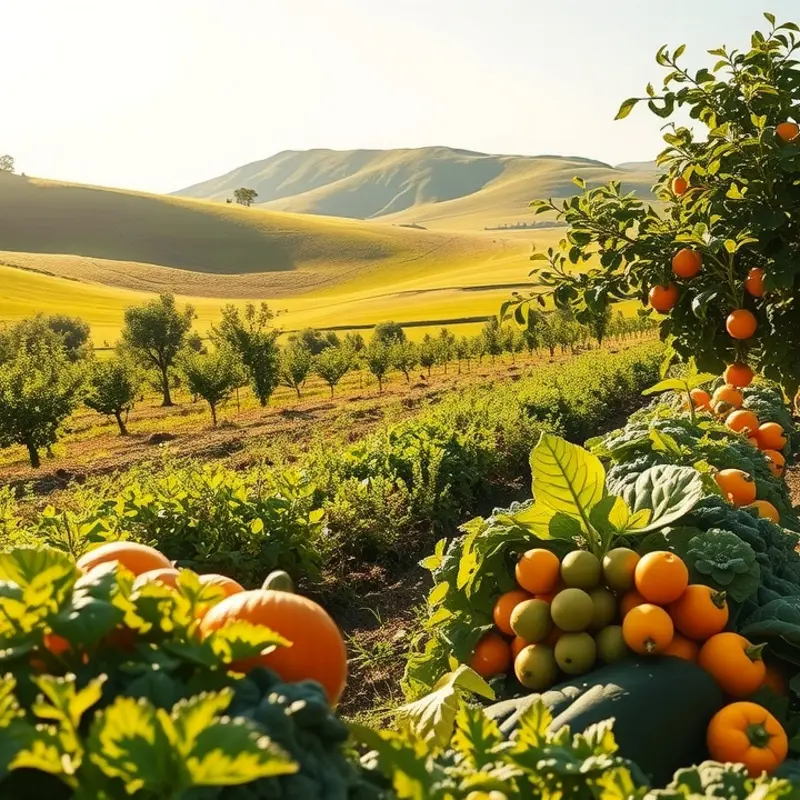
When venturing into the world of beans, the sheer variety can be both exciting and daunting. Each type offers unique flavors and textures, making your choice crucial for culinary success. Let’s explore how to choose the right beans and ensure their optimal preparation.
Beans come in numerous varieties like black, kidney, cannellini, pinto, and chickpeas, each suited for specific dishes. Black beans, for example, provide a rich earthy flavor ideal for Latin-American cuisine, while cannellini beans offer a creamy texture perfect for soups and stews. Understanding the flavor profiles and textures can guide your selection to match the dish you’re preparing.
Once you’ve chosen your beans, the next critical step is proper soaking. Dried beans, when soaked, become easier to digest and cook more evenly. Generally, soaking beans overnight in plenty of water will suffice. Fast soak methods are available if you’re short on time; just boil them for two minutes, remove from heat, and let them sit covered for an hour.
Cooking times can vary greatly depending on the type and age of the beans. Older beans may take longer to cook. It’s usually best to simmer them gently in water after soaking. Adding a pinch of salt and a piece of kombu seaweed can enhance flavors and reduce the gassy effects beans might cause.
When it comes to canned beans, they offer a convenient alternative when time is short. These beans are pre-cooked, so they can be added directly to dishes. Remember to rinse them to remove excess sodium and preservatives.
Storage of beans, like most pantry staples, is key to maintaining their quality. Dried beans should be kept in a cool, dry place in an airtight container, where they can last up to a year. Once cooked, store them in an airtight container in the fridge for up to a week, or freeze them for longer-term storage. Proper storage ensures your beans remain flavorful and safe to eat, reducing waste in your kitchen. For more sustainable storage solutions, explore ways to maximize your kitchen’s efficiency and minimize waste by checking out this eco-smart kitchen storage guide.
With these guidelines in mind, you can confidently select and prepare beans in a way that maximizes their potential in your diet. Whether you’re crafting a hearty chili or a refreshing salad, choosing the right beans and understanding their preparation will elevate your cooking to new heights.
Cooking Techniques for Perfect Beans
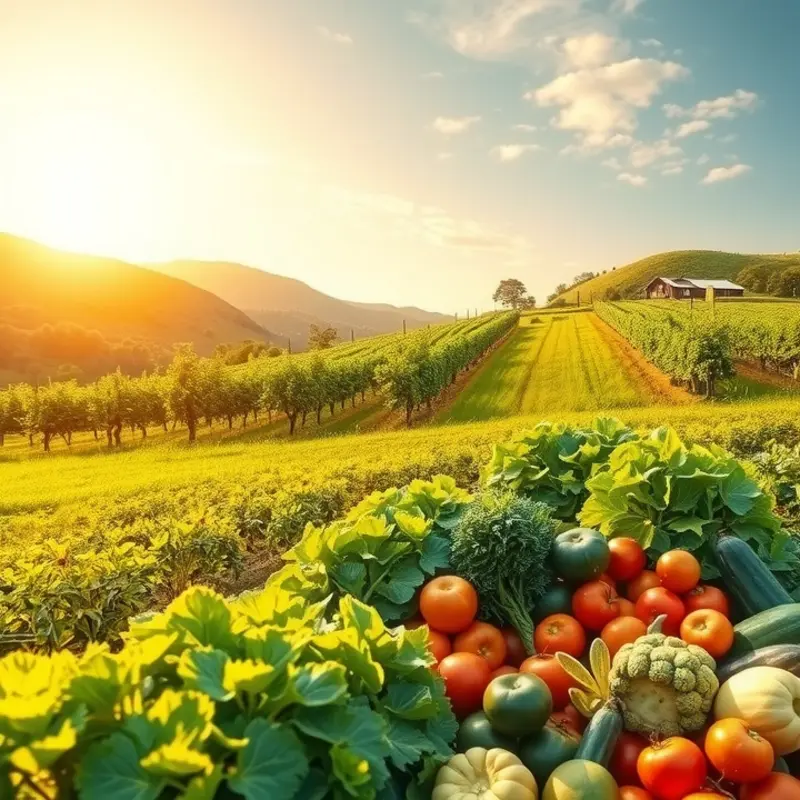
When it comes to cooking beans, they are much like any art form: it all begins with technique. Every type of bean has its own personality, but the fundamentals of cooking them remain closely aligned. Here’s a breakdown of the best techniques to ensure your beans are cooked to perfection.
Boiling: Boiling is one of the simplest ways to cook beans. After soaking them—as discussed in the previous chapter—rinse the beans and add them to a pot with fresh water. The water should cover the beans by about two inches. Bring to a boil, then reduce the heat and simmer gently. Skim off any foam. Be careful not to crank up the heat; rapid boiling can cause beans to split and lose their shape.
Tip: To enhance their flavor, add aromatic herbs like bay leaves or thyme to the water. Avoid adding acidic ingredients like tomatoes or vinegar until the beans are fully cooked, as acidity can hinder the cooking process.
Pressure Cooking: If you’re short on time, a pressure cooker can deliver perfectly tender beans in a fraction of the time required by traditional boiling. Simply place the soaked beans in the cooker with water and a pinch of salt. Seal it and set according to the manufacturer’s instructions. Typically, beans take 20–30 minutes under pressure.
Tip: Don’t fill the cooker more than halfway with beans and water. This ensures there’s enough space for pressure build-up.
Baking: Baking beans in the oven allows flavors to meld beautifully. Add beans, cooking liquid, herbs, and seasonings to a baking dish, cover, and bake at a low temperature. This method requires a bit of patience but results in beans that carry an even deeper flavor profile.
Tip: Stir the beans occasionally to ensure they cook evenly and absorb the flavor throughout.
While these methods vary, one common pitfall all cooks should avoid is under-cooking. Under-cooked beans are tough and difficult to digest. Make sure the beans are tender enough to be easily mashed with a fork. Furthermore, avoid cooking beans in hard water; the minerals can make beans tough. If your tap water is hard, consider using filtered or bottled water.
Enhancing the natural flavors of beans can also be done using low-sodium umami boosters, which can add depth without extra salt. For more on flavor-boosting without excessive seasoning, check out our guide on Flavor Boosters Without Salt.
Master the techniques, embrace the processes, and soon you’ll find that the humble bean becomes a culinary cornerstone in your kitchen. This foundation will give you the confidence to play with flavors and transform your bean dishes into restaurant-quality creations that are sure to impress.
Final words
Beans are a cornerstone of nutritious cooking, and mastering them can open up a world of culinary possibilities. By understanding the different types of beans, their preparation methods, and cooking techniques, you can create hearty meals that are both satisfying and healthy. Remember that practice is key, and exploring flavors will enhance your cooking experience. Whether you want to enjoy beans as a main dish or a complementary side, following these quick tips will help you cook beans with confidence and ease.


